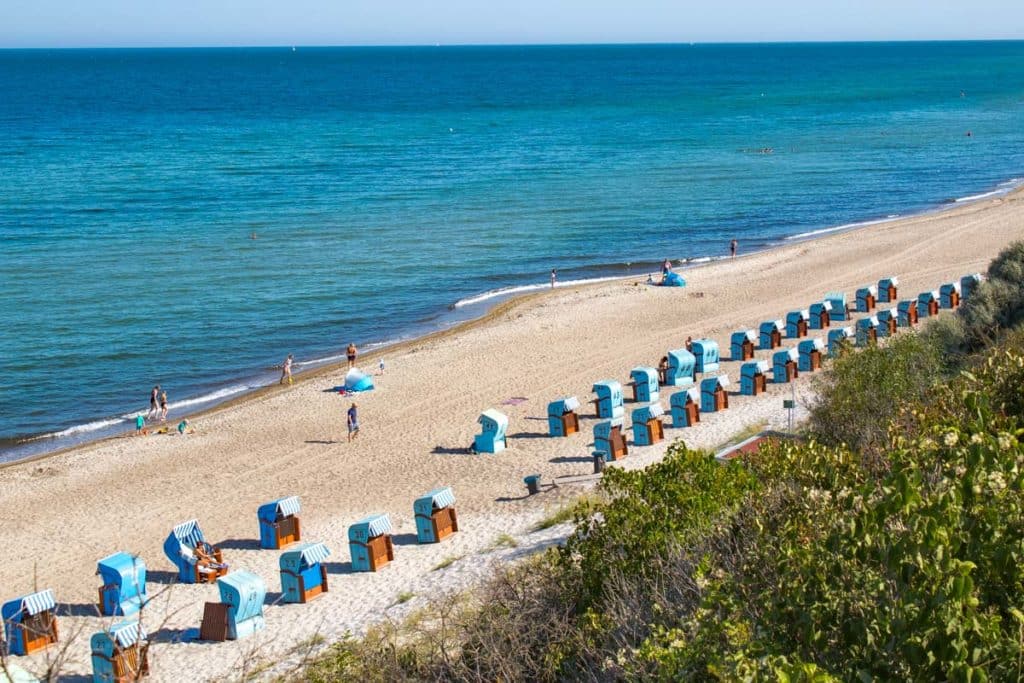In Mecklenburg-Vorpommern, two men have died this year from vibrio infections, highlighting potential dangers in bathing waters. The state health office reports that an 81-year-old vacationer, who had chronic health issues and open wounds, contracted the infection while swimming in the Baltic Sea. The second case involved a 59-year-old local, whose death was attributed to sepsis caused by vibrio bacteria. The specific circumstances of this death are not fully detailed.

Understanding vibrio bacteria and their risks
Vibrio bacteria, which can cause severe infections in people with underlying health conditions and open wounds, are found in both freshwater and saltwater environments. They thrive in temperatures above 20°C and salinities between 0.5% and 2.5%, commonly appearing in the North and Baltic Seas. Shallow coastal areas that warm quickly are particularly prone to these bacteria.
Notably, cholera-causing vibrio (Vibrio cholerae) is not present in Germany, but other vibrio species can still cause serious health issues. Infections can lead to severe wound infections, tissue damage, and even sepsis. Vibrio infections may also cause diarrhea, nausea, vomiting, and ear infections. Children, the elderly, and those with weakened immune systems are more vulnerable, while healthy young adults are less affected. The incubation period ranges from 4 to 96 hours, and early diagnosis with antibiotics is effective. Since 2020, infections with pathogenic vibrio species must be reported.
Other common hazards in bathing waters
1. Blue-green algae – Toxic cyanobacteria
Often mistakenly called blue-green algae, cyanobacteria can rapidly multiply in warmer waters, creating thick mats near the surface. Recent reports have noted widespread cyanobacteria infestations in lakes across Germany. These bacteria can produce toxins that cause skin, mucous membrane, and eye irritation, and ingesting contaminated water may lead to nausea, vomiting, diarrhea, and even respiratory issues. Children and immunocompromised individuals are particularly at risk. The Federal Environment Agency advises against swimming in waters where feet are not visible in knee-deep water.
2. Schistosome larvae – Causes of swimmer’s itch
Schistosome larvae, or cercariae, thrive in warm lakes and can cause swimmer’s itch, characterized by itching, pustules, and blisters. These larvae typically affect birds and snails and die off quickly in humans, causing no long-term harm. The rash usually resolves within 10 to 20 days without treatment. To avoid exposure, steer clear of shallow, plant-filled waters with many birds and wash off promptly after swimming.
3. Pathogenic germs from bird droppings
Swimming areas frequented by seabirds can be contaminated with bird droppings, which may harbor harmful germs like E. coli and intestinal enterococci. High concentrations of these germs can cause gastrointestinal issues, especially in children who are prone to swallowing water. Avoid swimming in areas with significant bird populations or near livestock operations.
By staying informed about these risks and following safety precautions, you can enjoy safer swimming experiences in Germany’s waters.






